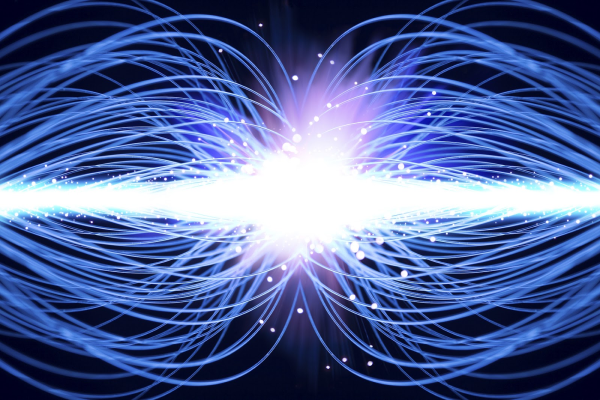Integration and Mindfulness: A Dynamic Duo
Something I find quite extraordinary about the Profound Meditation Program is the integrative power of the practice. In other words, you really get through your trauma and shadow issues. They come out during the process, and often they’re expressed not just in cognitive ideas but in bodily-felt sensations. This doesn’t necessarily happen with traditional meditation. Because the Profound Meditation Program is anchored in the body, in the soma, the sick feelings come back―you feel the pain, you feel the sadness, and then you allow it to arise into consciousness.

At the same time that this integrating process is going on, you’re also developing mindfulness, which means that you can step out of the drama, you can step out of your own brain, if you will. Even while having thoughts, you can watch your brain think, watch your thoughts arise. You can also step out of your emotional releasing work, and just watch it from the very equanimous observer self, or Transcendent Witness. This has always been one of the goals of deep spiritual practice and meditative practice, but a lot of the time we never get to this point, because it just takes so long, or maybe we don’t have good teachers, or we have to move because of our jobs―for whatever reason, we don’t stick with the practice and we never get to the point where it becomes a real part of our day-to-day experience.
When we put the capacity to deal with our trauma and shadow issues together with the ability to step outside of our “stuff,” and we can just be there with the somatic aspect of it and let it happen, then we’re really on the road to something. We begin to heal from the wounds of our past and the things that have kept us a prisoner for so long. Maybe we have all kinds of unhealthy and pathological symptoms that we have split off and kept in the unconscious basement; this could range from just feeling really badly about ourselves, as in “I’m not good” or “I’m not good enough;” “I’m not smart enough;” “I’ll never make it;” and “I deserve to suffer” to compulsive disorders such as addiction, to depression, or to actual physical somatic diseases: cancer, heart disease, and all kinds of associated physical disorders. All of these come from stress, and stress is what results from not being able to deal with the split off, traumatic parts of our selves. While they remain in the unconscious, they are really pulling the strings of our lives from off stage, although we may not be aware of it.
As Freud said, the main point of therapy is to make the unconscious conscious. When we develop a practice that brings these things back into our conscious awareness, not only do we understand what happened cognitively, but we go back and have emotionally restorative experiences where we actually allow these things to come up. Finally, we feel the feelings that we were too scared to feel when we were kids, when we were in Afghanistan or Iraq, or whenever the trauma happened. Finally, we can feel them again and we can feel them from an expanded place of awareness, of mindfulness. When we can do this, then we’re really getting into the fast lane of growth.
___________________________________________________________________________
Adapted from iAwake Technologies’ free, weekly teleconference call on August 22, 2012.
Join our weekly calls!
To receive information on how to join the weekly iAwake coaching calls that John leads, sign up for the free meditation download and you’ll be put on the email list. You can also access the phone-in information on our Teleseminar page.
___________________________________________________________________________
Leave a Comment
You must be logged in to post a comment.

Leave your comments below